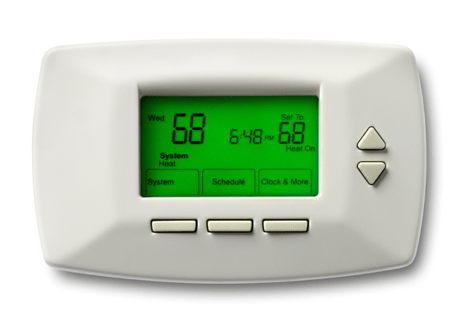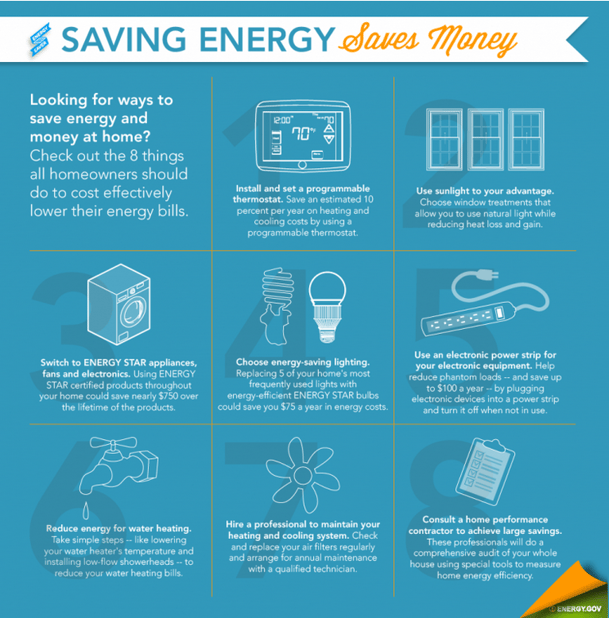 Maintenance is critical on high efficiency space heating and water heating equipment to keep the unit running at peak efficiency. Proper maintenance should be provided at least once a year. Providing proper care for your unit can go a long way in terms of:
Maintenance is critical on high efficiency space heating and water heating equipment to keep the unit running at peak efficiency. Proper maintenance should be provided at least once a year. Providing proper care for your unit can go a long way in terms of:
-
product reliability
-
assuring optimal efficiency year after year
-
overall longevity of the appliance
Westinghouse Water Heating's high efficiency units are designed with this in mind, allowing typical maintenance procedures to be performed without the need to worry about replacement gaskets; combustion systems can be easily removed to gain access to the heat exchanger for proper cleaning and flushing of the heat exchanger as well as the condensate drain. Proper maintenance should also include visual inspections of all connections for leaks and/or defects. To assure maximum efficiency of the appliance, a combustion test should be performed and combustion should be adjusted to proper levels as needed. Providing maintenance is invaluable on modern condensing appliances and will keep your equipment efficient and will keep dollars in your pocket!


